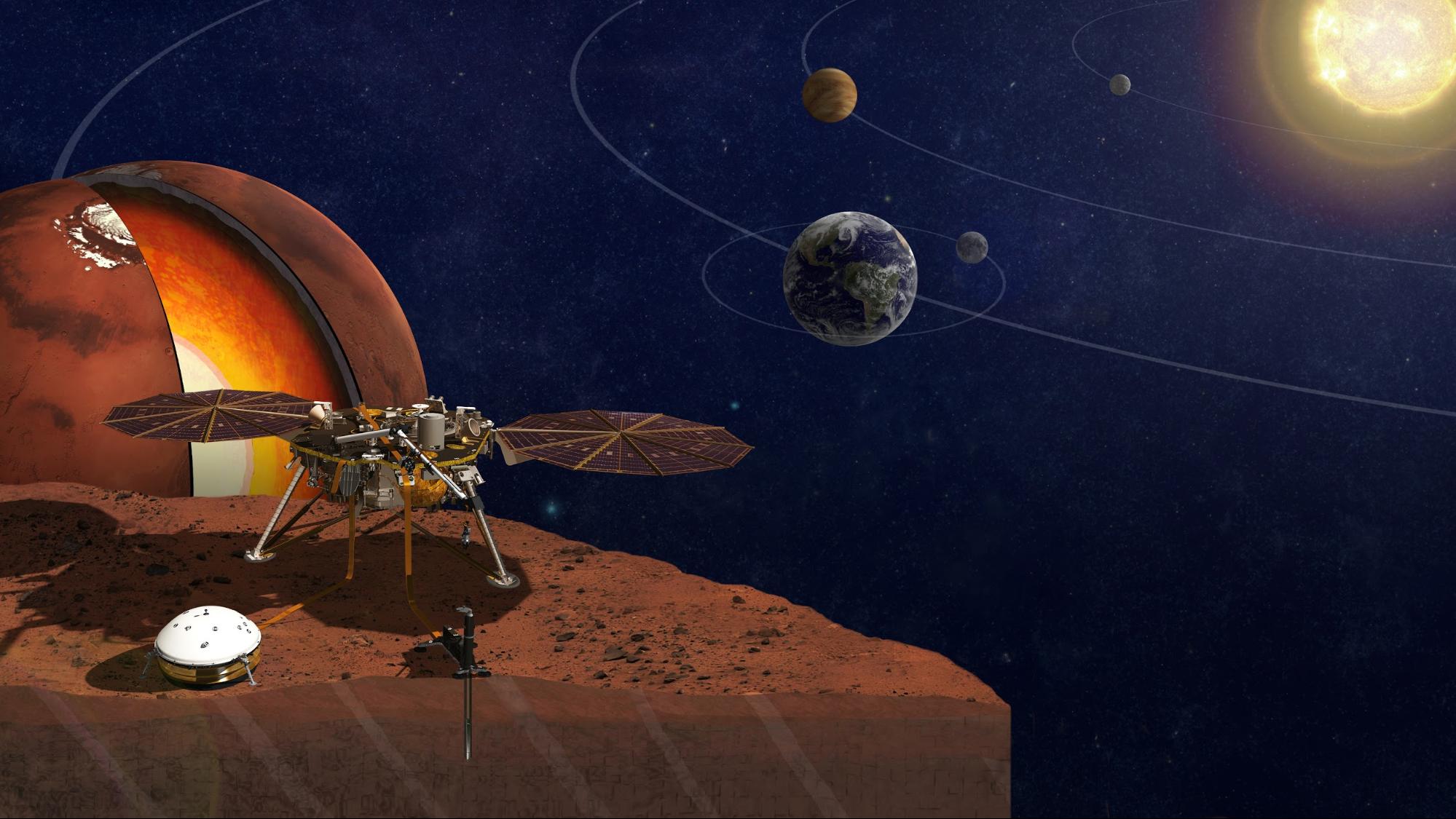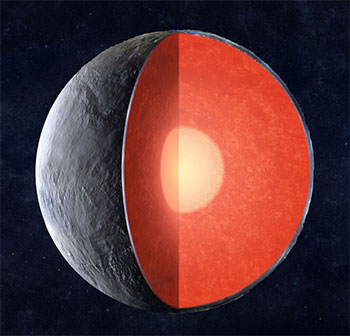Introduction
NASA’s next mission to Mars -- InSight -- is expected to land on the Red Planet on Nov. 26, 2018. InSight is a mission to Mars, but it is also more than a Mars mission. It will help scientists understand the formation and early evolution of all rocky planets, including Earth.
In addition to InSight, a technology demonstration called Mars Cube One (MarCO) is flying separately to the Red Planet. It will test a new kind of data relay from another planet for the first time, though InSight’s success is not dependent on MarCO.

InSight will help us learn about the formation of Mars -- as well as all rocky planets. Credit: NASA/JPL-Caltech








